Oculomotor Dysfunction is NOT dyslexia. Here’s why.
WHAT IS OCULOMOTOR DYSFUNCTION?
Oculomotor dysfunction is a medical condition in which the eyes are unable to work together while tracking. Symptoms can occur while following a moving object, or while moving the eyes between two objects or words.
There is no known cause for oculomotor dysfunction. Often times, patients do not realize their eyes aren't working the way ours do. If the eyes are not moving together efficiently, the patient will experience symptoms similar to dyslexia and other reading or learning difficulties. Oculomotor dysfunction can also cause vertigo, dizziness, or loss of balance.
One of the most common conditions associated with oculomotor dysfunction is post-concussive syndrome. Patients with acquired brain injuries are prone to more severe symptoms than most patients.
Treatment for oculomotor dysfunction aims to improve eye tracking ability and reduce eye strain and fatigue.
OCULOMOTOR DYSFUNCTION IS NOT DYSLEXIA.
While the symptoms of both conditions are similar, they are not the same.
Dyslexia is a specific learning disability characterized by difficulties with accurate and/or fluent word recognition and by poor spelling and decoding abilities. Dyslexia requires treatment by learning and reading specialists.
Oculomotor dysfunction is a medical condition in which the eyes are unable to work together while tracking. Oculomotor dysfunction requires treatment through doctor-directed vision therapy.
Oculomotor dysfunction and dyslexia can occur together to cause severe deficiencies in the classroom and on the job.
WHAT ARE SOME SYMPTOMS OF OCULOMOTOR DYSFUNCTION?
Seeing words or lines move, jump, or swim while trying to read
Eyes hurt or feel tense while doing close work
Head tilt or movement
Whispers when reading silently
Poor reading comprehension
Difficulty tracking moving objects, balls, etc.
Writing is crooked or poorly spaced
Errors copying from boards, computers, or books
Avoids near work or reading, or tires easily from near work
Difficulty completing assignments in the time allotted
Reverses or forgets letters, numbers, or words
Confuses similar-looking words
Difficulty recognizing the same word in the next paragraph
Poor visual-motor (eye/hand or eye/foot) coordination
Confuses right and left
Difficulty following a sequence of directions
Comprehension decreases over time
VISION THERAPY FOR OCULOMOTOR DYSFUNCTION
Many optometry offices in the Fargo/Moorhead area offer vision therapy treatment for oculomotor dysfunction. Therapy is designed to improve eye tracking ability while following moving objects and while jumping between objects.
Vision therapy does not make the eye muscles "stronger," but it builds a stronger connection between the eyes and the brain to improve function and reduce energy spent on eye movements.
By spending less energy on eye tracking, the patient will have more energy for the tasks needed to succeed in the classroom and on the job.
Ask your eye care provider if vision therapy is right for you.

